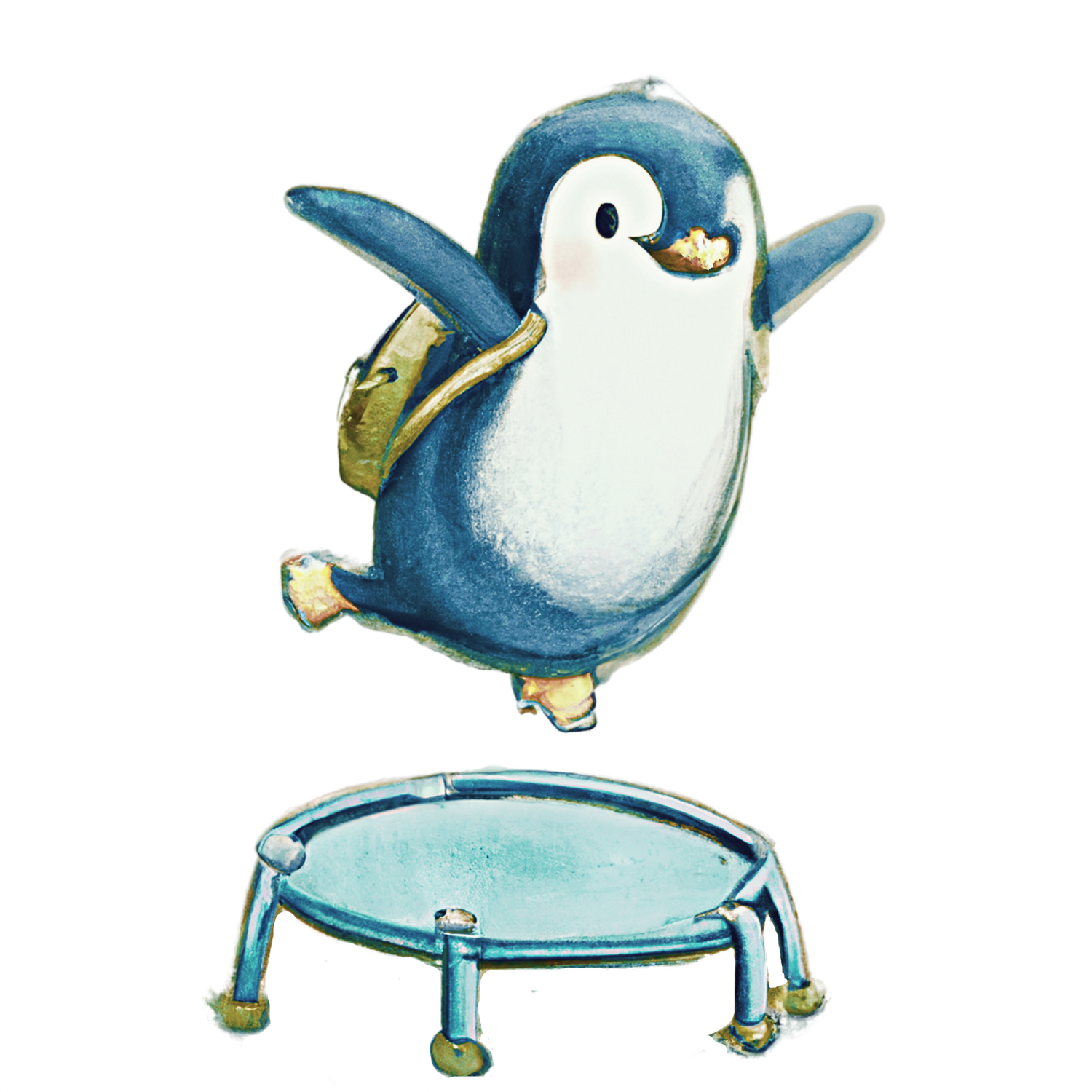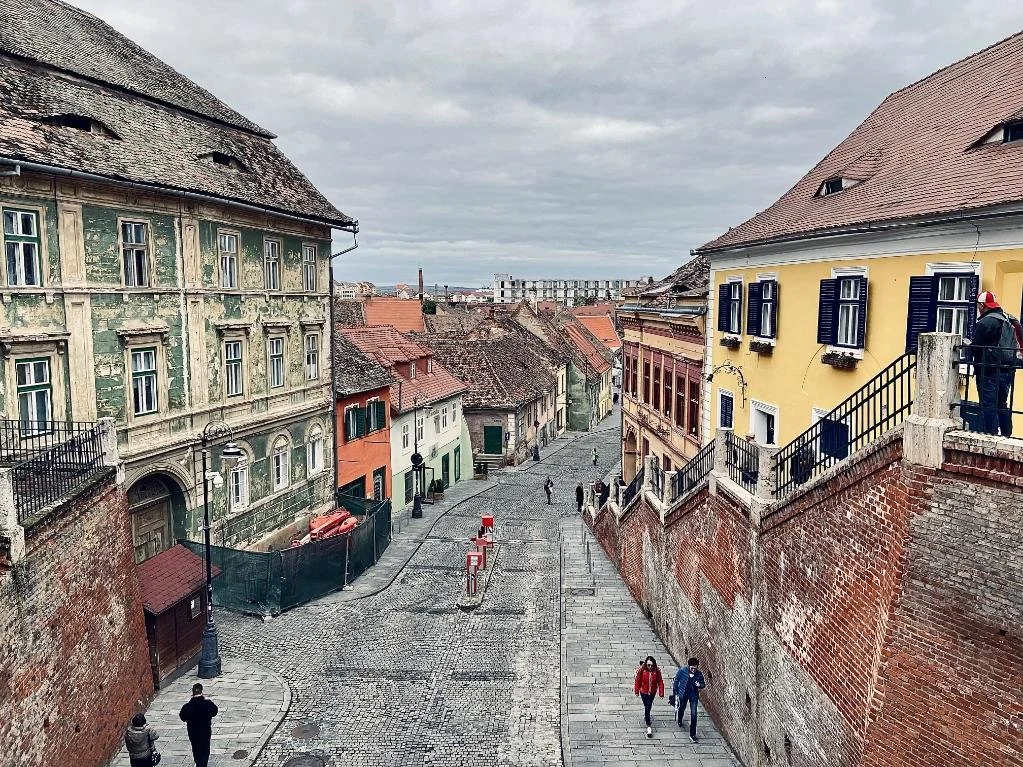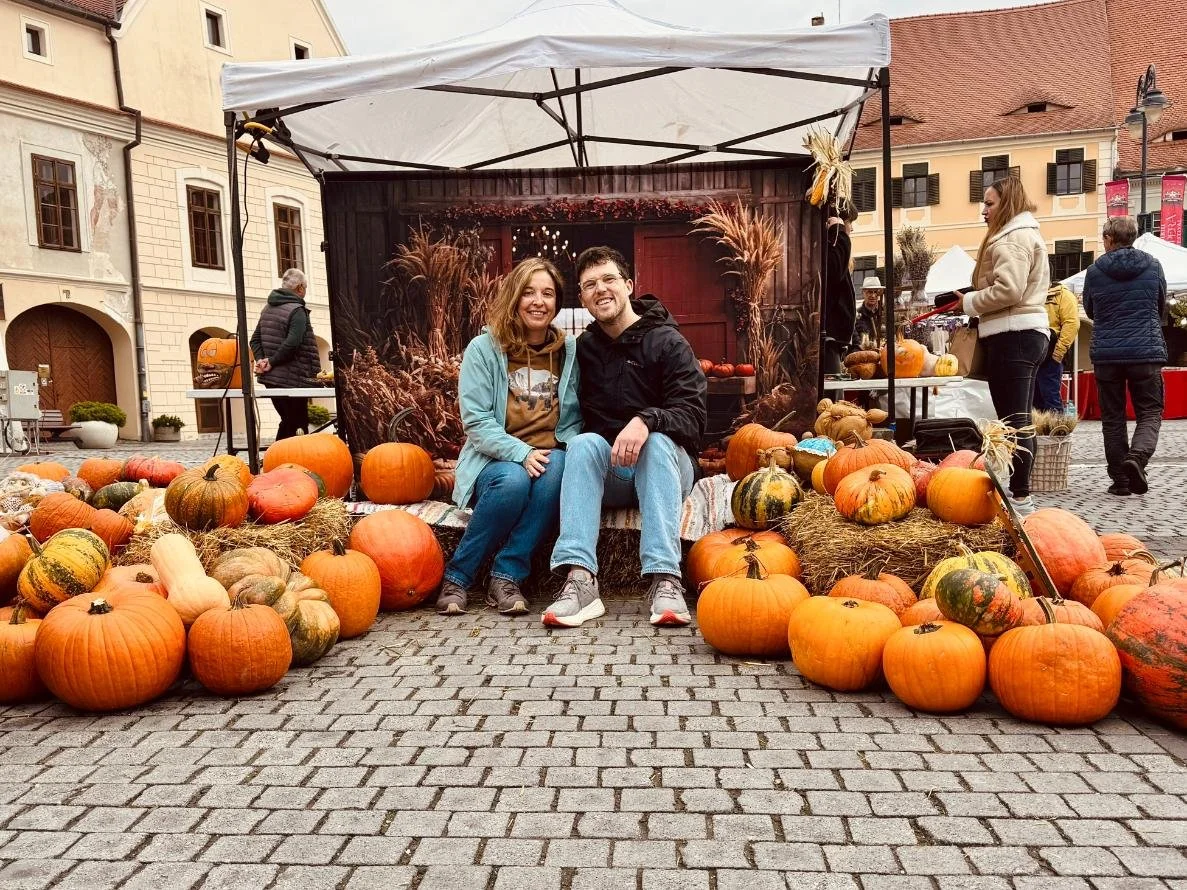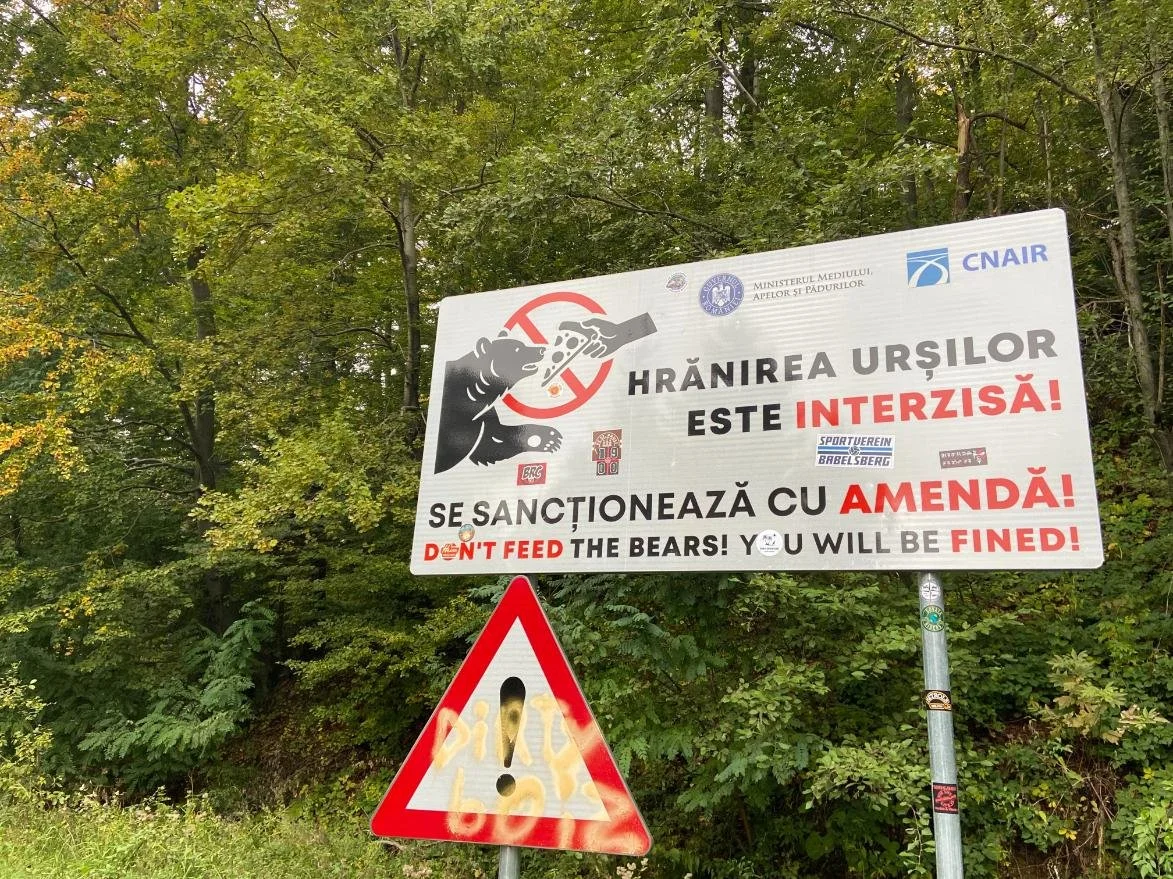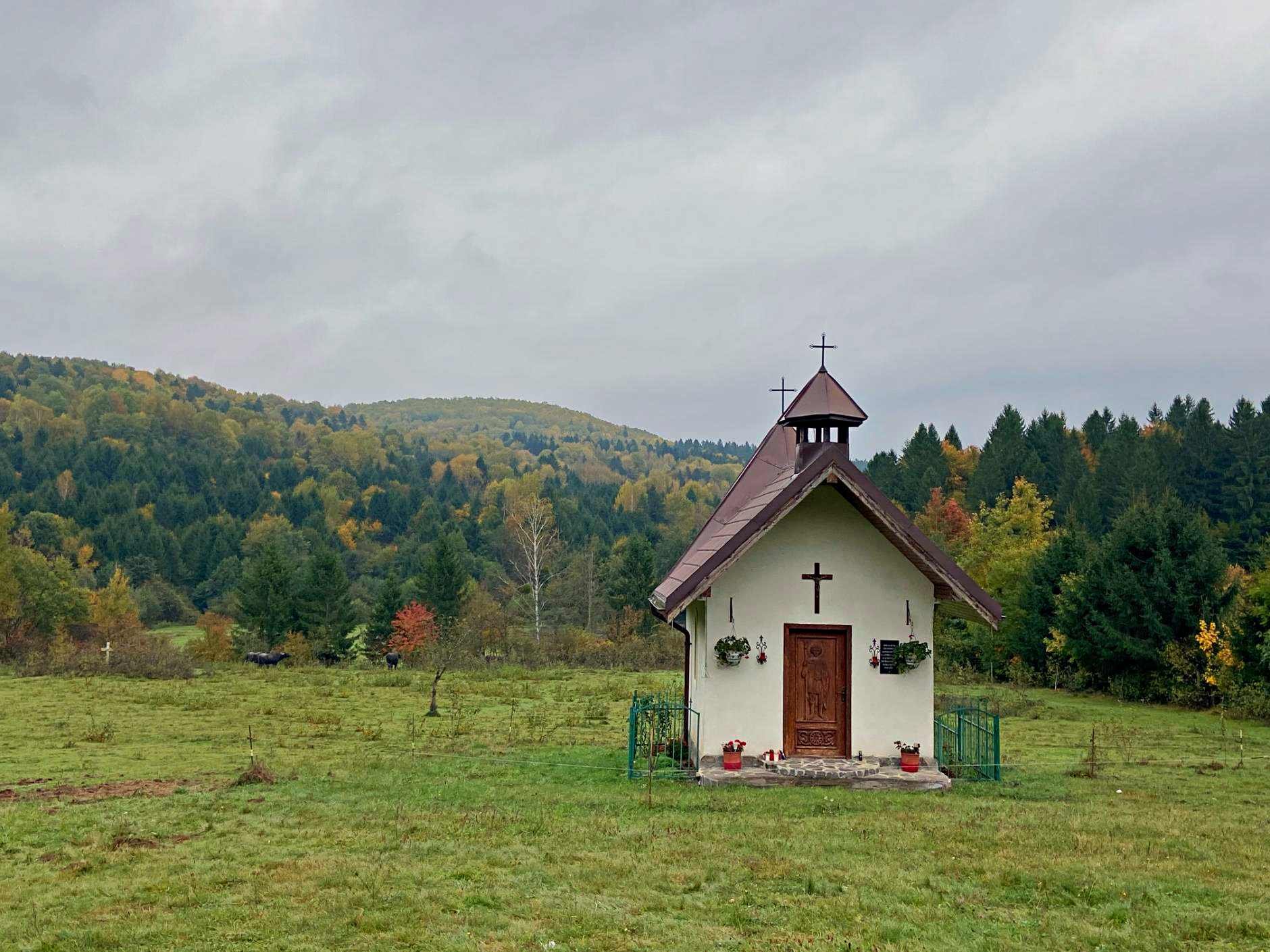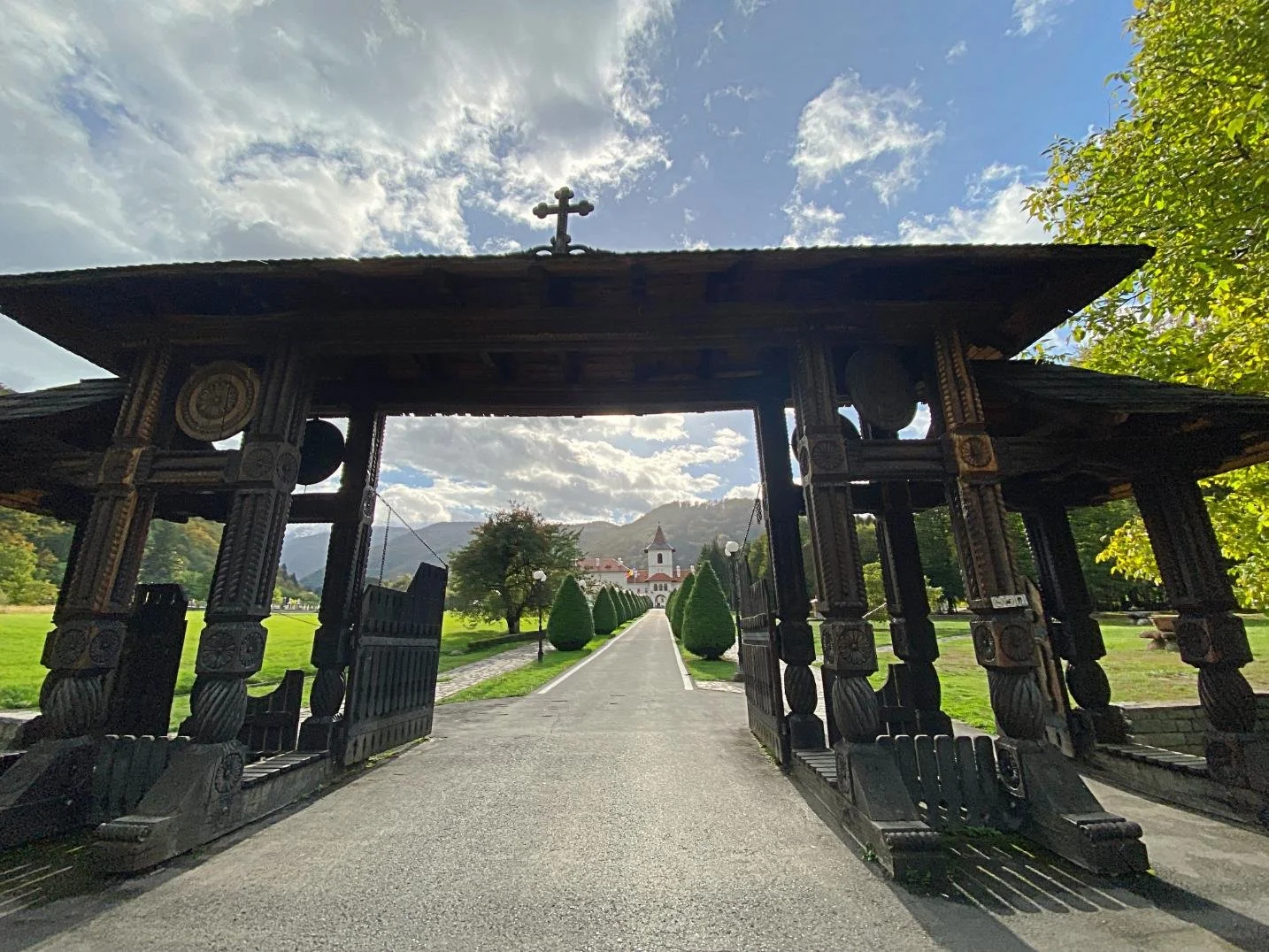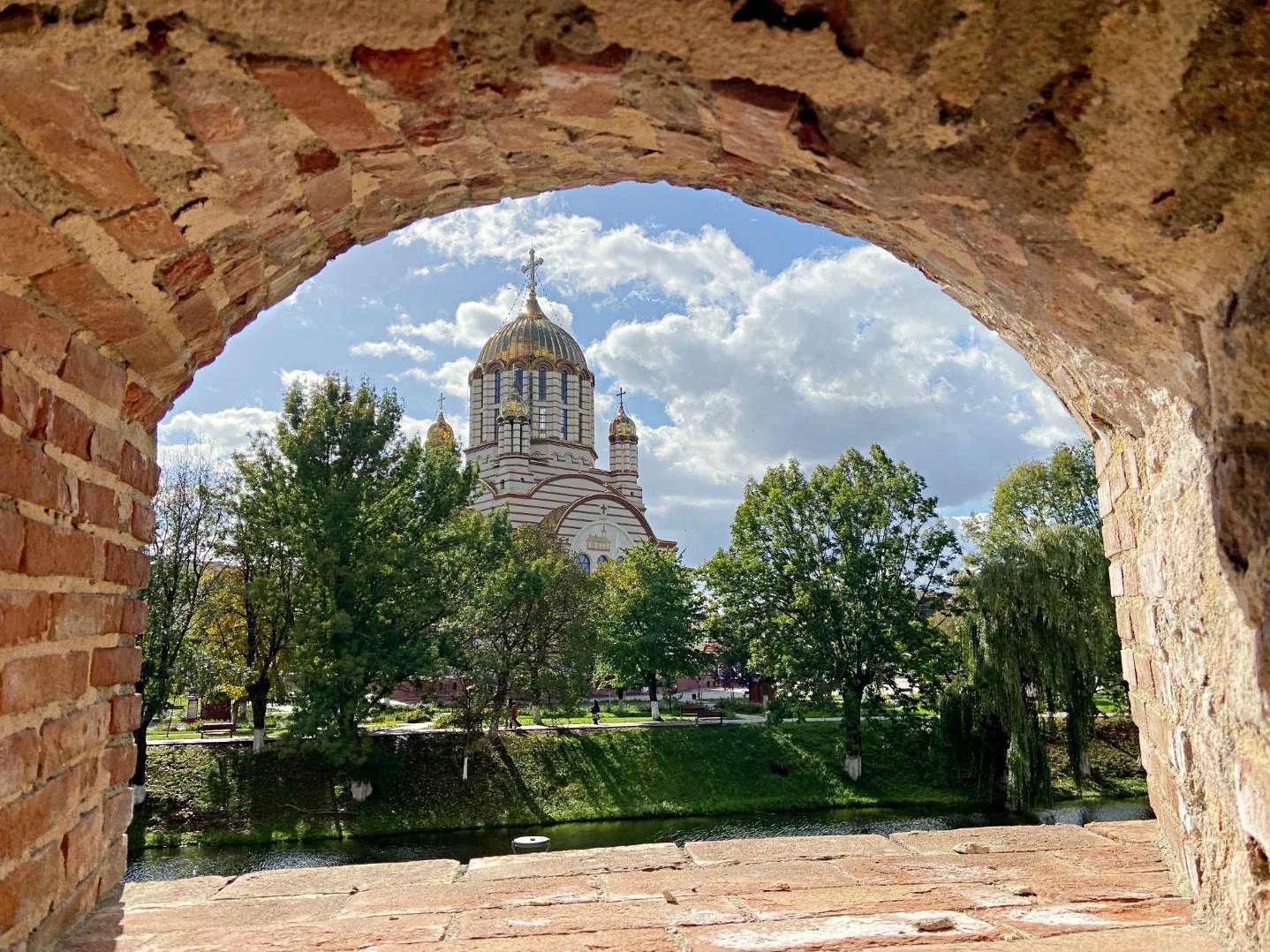Sibiu & the Făgăraș Mountains — Eyes on the rooftops, clouds in the peaks, and a trout that got away
The true heart of Transylvania
Views of Sibiu from the Bridge of Lies (keep reading to learn more!)
We didn’t plan on the road vanishing. Or the fog rolling in like a movie set. But that’s what happens when you head into the Făgăraș Mountains in October — Romania has a habit of throwing a little mystery your way.
Before the mountains, though, came Sibiu — the kind of town where the buildings literally look back at you. It’s full of baroque charm, slow moments, and sleepy rooftops with “eyes” in the attic. And just outside, the ASTRA Museum offers an awesome open-air museum experience.
We stayed in Cârțișoara, a quiet village at the foothills of the Făgăraș Mountains with sweeping views — when the weather cooperates. Ours didn’t. The famed Transfăgărășan Road closed early, so no drive to Bâlea Lake. But we got monastery bells, steaming bowls of soup, and mountain mist instead.
And before you hit the road, make sure to get a good travel guide!
Find things to do in Sibiu
🇷🇴 Field Notes
Best time to go:
Late spring through early autumn. October can be beautiful, but the mountains are unpredictable — roads may close without warning.Where we stayed:
A peaceful wooden cabin in Cârțișoara. Cosy, quiet, and perfectly placed.What to pack:
Warm layers (even in summer), waterproof shoes, and offline maps — you’ll lose signal fast in the mountains. Bring cash for smaller towns and attractions.Getting around:
You’ll want rental car car to explore properly. Public transport won’t get you to mountain cabins or monasteries, and the best stops are often roadside.Local flavor:
Fresh trout, rustic stews, sarmale (cabbage and meat rolls), mici (skinless sausage) and if you’re lucky, brânză de burduf — a sheep’s cheese aged in bark or stomach. You can also try ciorba de burta (tripe soup)!
Sibiu: Rooftop eyes & Transylvanian charm
Enjoying Sibiu’s market… and pumpkins!
Sibiu isn’t flashy. It doesn’t need to be. Its charm sneaks up on you slowly, like the sleepy gaze of its famous rooftop "eyes."
We wandered cobblestone streets, crossed the legendary Bridge of Lies (which didn’t collapse under our fibs), and lingered in cafes as locals strolled by in no hurry at all. There’s a stillness to Sibiu that makes you exhale. A slow rhythm that invites you to match its pace. We asked locals for restaurant recommendations and ended up at Crama Sibiană. Touristy? Sure, but the food was delicious (try the bone marrow with garlic butter!) and the vibe was so Romanian!
The ASTRA Museum, a sprawling open-air complex just outside the city, surprised us with how much we loved it. Reconstructed village houses, old mills, wooden churches—it’s a time capsule you can walk through, complete with that fresh pine-and-firewood smell.
This isn’t a place to tick boxes. It’s a place to wander. To look up. And to let yourself be watched.
Did you know?
Sibiu’s Bridge of Lies isn’t actually a liar — but the legends are juicy. Some say it creaks when someone tells a fib while standing on it. Others claim it exposed cheating lovers and dishonest merchants. Either way, it’s the oldest cast-iron bridge in Romania… and definitely the most dramatic.
Find places to stay in Sibiu
The Făgăraș Mountains: When the road disappears
Ok, first thing first, make sure not to feed pizza to bears, ok?
Let’s talk about the Transfăgărășan Road.
We wanted the iconic mountain switchbacks. The alpine lake at the top. The road that makes Norway’s Trollstigen blush (well, not quite because we love Norway, but almost).
But October had other plans. Fog rolled in like theatre smoke, and the road was closed without ceremony.
So we pivoted. We could drive to Bâlea waterfall, but the weather was so bad it would have been pointless to walk — we wouldn’t have seen anything.
Oh well, that’s the risk of fall traveling, but it has its charm!
Penguin Trampoline tip:
Often dubbed “the most beautiful road in the world” (thanks, Top Gear), the Transfăgărășan snakes its way up the Făgăraș Mountains with absurd switchbacks and jaw-dropping views. But here’s the kicker: for half the year, it’s completely buried in snow. Bâlea Lake, at the top, even hosts a hotel made entirely of ice. Yes, you can sleep there. If you dare. Whatever the season, make sure to
book travel insurance (get 5 to 15% off with our partner HeyMondo)!
Around Cârțișoara: Trout, cabins & Carpathian comfort
Small chapel on the road from Cârțișoara to Albota
We rented a lovely wooden cabin in Cârțișoara, a sleepy village nestled right where the Transfăgărășan Road begins to wind its way into the Făgăraș Mountains.
Cârțișoara makes for the perfect launchpad into this part of Romania. Quiet, rustic, and ridiculously scenic, it’s the kind of place where time doesn’t just slow down — it pulls up a chair and pours itself a tuică.
Our evenings were all crackling fire and absolute silence — the kind you only get when you’re really away from it all. Just misty mornings and clanging cow or sheep bells.
And just 10 minutes away? Trout heaven. Păstrăvăria Albota, a trout farm in nearby Arpașu de Sus, is more than a fish stop — it’s a full countryside experience. Think crystal-clear pools, mountain views, and the best trout we’ve ever tasted. You can walk the farm, hike nearby trails, or just sit on the terrace and devour fish fresh from the water. Locals come here for weekend lunches, and it’s not hard to see why.
Find places to stay around the Fagaras
Sâmbăta de Sus: A monastery that whispers peace
The sun appeared… for 5 minutes!
Tucked into a forested valley at the foot of the Făgăraș Mountains, the Brâncoveanu Monastery at Sâmbăta de Sus isn’t just beautiful — it’s deeply calming in that way only spiritual places can be, even if you’re just visiting and whatever your beliefs (or non beliefs) are.
Founded in the 17th century and lovingly rebuilt after imperial destruction, the monastery complex is a haven of whitewashed arches, colourful frescoes, herb gardens, and total tranquility. The resident monks move slowly, tending to their daily rituals. Nobody’s selling anything. Nobody’s in a rush.
Fun fact: The site includes a theological school and library, and you might even hear soft choral hymns if you linger quietly near the chapel. Make sure to light a candle!
Făgăraș Fortress, the market, and a very photogenic church
Beautiful view from the fortress!
We weren’t planning to stop in Făgăraș, but the fortress pulled us in — literally. Oh, and I (Eli) wanted covrigi. As usual. Surrounded by a moat and surprisingly well-preserved, this medieval stronghold looks like it was built to keep both invaders and bad weather out. You can walk the ramparts, wander the small museum, and get a pretty epic view of the surrounding town (plus a duck or two in the moat).
Right across the street, we stumbled into a local market — not the fancy, curated kind, but the real-deal kind, with old ladies selling cabage, cheese bread still warm from the oven, and a buzz of everyday life.
And just behind the market square? The Făgăraș Orthodox Church — all domes and grandeur. We stumbled upon two weddings while we were there. It’s one of those places that seems made for dramatic entrances (and it makes you wish you'd packed something nicer than muddy hiking boots).
Plan your trip to Romania:
✈️ Find cheap flights — Omio Flights
🏨 Find hotels — Booking.com Hotels
🚗 Compare car rentals — Rentalcars.com
🧤 Get travel gear — Shop our Amazon list
🛡️ Heymondo Travel Insurance (5–15% off) — Get Heymondo
🐾 Fahlo Wildlife Bracelets (20% off) — Shop Fahlo
FAQ: Exploring Sibiu & the Făgăraș Mountains 🇷🇴
Is Sibiu worth visiting?
Absolutely. It’s walkable, peaceful, and full of tiny details that slowly charm you — from the “eyelid” rooftops to the winding cobblestone streets. If you’re looking for a city that whispers instead of shouts, Sibiu is your place.
Can I visit the Transfăgărășan Road year-round?
Nope. The scenic section of the Transfăgărășan is usually only open from late June to late October (in our case, early October). The rest of the year? Snow, fog, and zero visibility. Check road conditions before you go — or be ready to turn around like we did.
Is Bâlea Lake worth it?
On a clear day, probably — the alpine views look amazing. But if it’s fogged in (like it was for us), it might not be worth the winding drive. Winter visitors can reach it by cable car from Bâlea Cascadă, and there’s even an Ice Hotel built every year.
Where should I stay to explore the Făgăraș Mountains?
Base yourself in Cârțișoara (we recommend the Family Mountain Cottage) for access to the Transfăgărășan, hiking trails, and hidden gems like trout farms and monasteries. It’s a great jumping-off point with cabins that feel properly off-grid.
What’s Păstrăvăria Albota?
A trout farm, restaurant, and mini-resort in Arpașu de Sus — just 10 minutes from Cârțișoara. It’s famous for its trout dishes (smoked, grilled, and everything in between) and has an idyllic mountain setting. Great for a chill half-day trip or lunch stop.
Is Sâmbăta de Sus monastery touristy?
Not really. It’s a working monastery that welcomes visitors but doesn’t try to entertain them. Come for the peace, the art, and maybe a moment of quiet you didn’t know you needed.
Do I need a car to explore this area?
Yes, yes, and yes. Public transport is limited or non-existent in these mountain villages. A rental car gives you freedom to roam — and to stop when you spot a roadside shepherd or a view you just have to photograph.
Can I hike around here?
Definitely. You’ll find short trails near Păstrăvăria Albota, forest walks near Sâmbăta de Sus, and serious hiking routes in the Făgăraș Mountains — though some are weather-dependent and not always clearly marked. Bring good shoes and offline maps, and be beary bear aware!
Get in the Transylvanian mode with this playlist:
This corner of Romania isn’t about bucket lists or viral views — it’s about what seeps in slowly. The way Sibiu watches you back. The way the clouds hug the Făgăraș peaks like they’re hiding secrets. The way a hot ciorba and fog can feel like a full reset.
We didn’t hike the high peaks. We didn’t see Bâlea Lake in its full glory. But we did find calm in unexpected places: a monastery, a steaming bowl of soup, a mountain cabin where even the fog felt like part of the story.
If you like your adventures a little slower, a little quieter, and a little weirder (in the best way), this stretch of Romania will surprise you — and maybe even stay with you long after the roads disappear.
Planning a trip to Romania? Check out our guides:
🇷🇴 Romania Travel Guide: Castles, Carpathians & Wild Encounters — From Bucharest to the mountains, bears to baroque cities, Romania still feels wonderfully wild.
🐻 Piatra Craiului National Park: Magura & Zărnești — Fog, forests, and the friendliest village dogs.
🏰 Brasov & Beyond — Castles, cobblestones, and just enough Dracula.
🏙️ Bucharest — Beautiful chaos, creative energy, and endless coffee.
🛏️ Where to Stay in Romania — Our favourite hotels, cabins, and guesthouses.
💡 What Surprised Us About Romania — 10 things we didn’t expect (including how good the food is) (coming soon).
